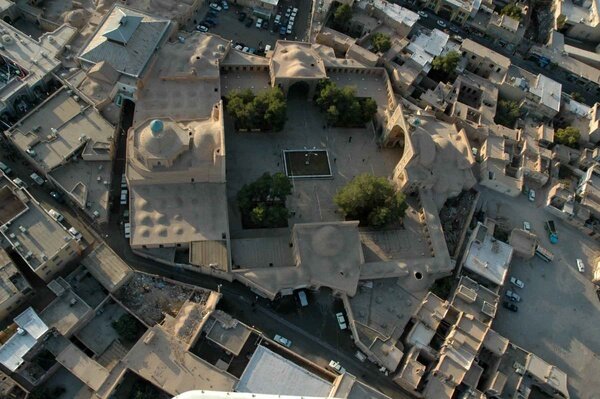Historical structure of Semnan being restored

TEHRAN – The historical structure of the north-central city of Semnan, which includes monuments from the Ilkhanid period (1256–1353) to the Qajar era (1789–1925) is being restored, a provincial tourism chief has said.
With an area of 357 hectares, the historical structure of Semnan is one of the oldest and most important historical structures in the country.
The restoration project involves strengthening the area’s mud-brick walls, replacing the worn-out bricks, repairing deep cracks, strengthening and repairing the arches and bricklaying, Mostafa Yaghmaeian announced on Sunday.
The main population centers of Semnan province lie along the ancient Silk Road (and modern-day Imam Reza Expressway), linking Rey (Tehran) with Khorasan (Mashhad). While few visitors spend much time in the area, driving through you can easily seek out several well-preserved caravanserais (notably Dehnamak and Ahowan), cisterns (the Cafe Abenbar in Garmsar is a special treat), and ruined mud citadels (Padeh is lumpy but fascinating). The large, bustling cities of Semnan, Damghan, and Shahrud (Bastam) all have a small selection of historic buildings and Semnan has a fine old covered bazaar.
The history of Semnan dates back to ancient Iran when the city was part of the Median Empire. At the time of the Achaemenid Empire of Persia, Semnan was a magnificent city. After the attack of Alexander, Semnan became famous as Koomesh. The great era of the prosperity of this city began after the advent of the Parthian Empire.
Due to its location, which was on the traffic center of the north, south, east, and west, Semnan had always been the subject of a struggle for power in the Sassanid period. In the Sassanid and post-Islamic periods, the city was the bases of central governments in the area.
ABU/MG
